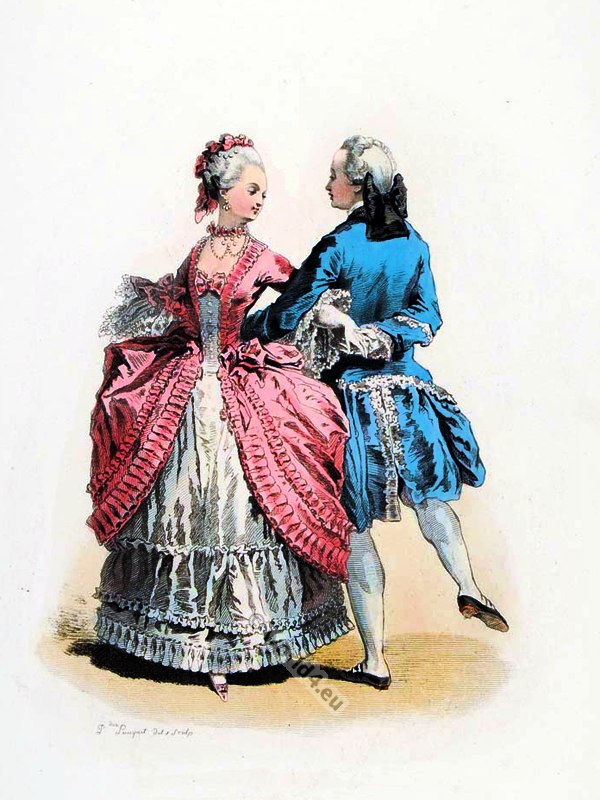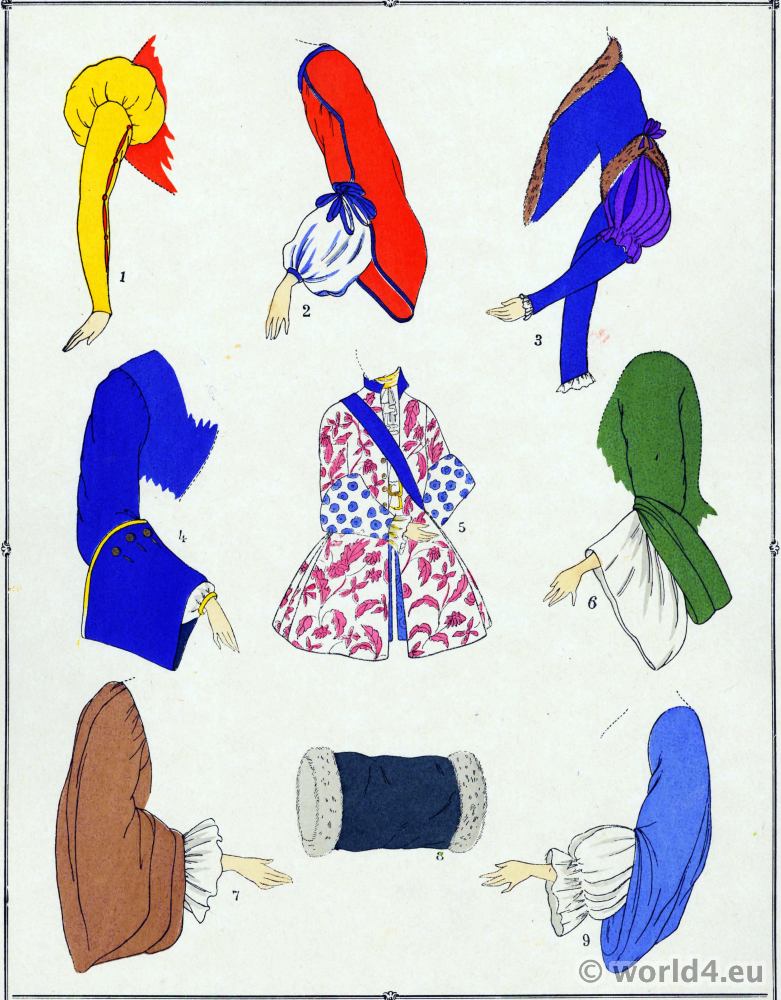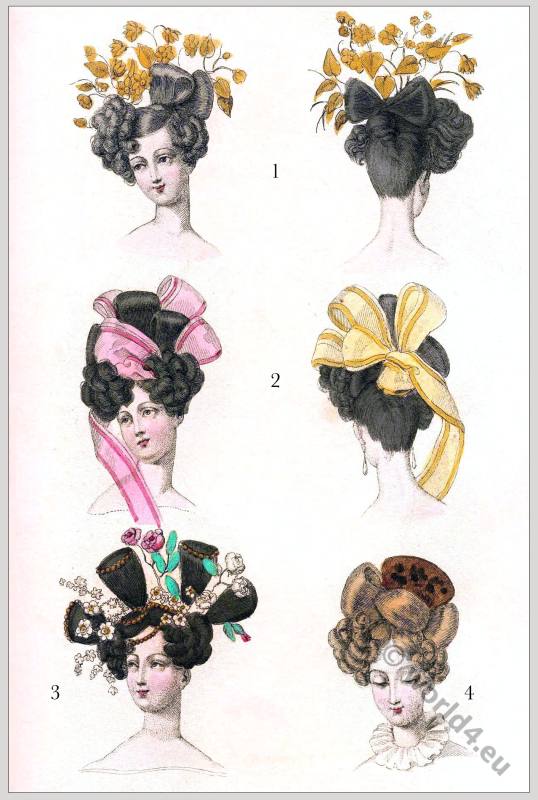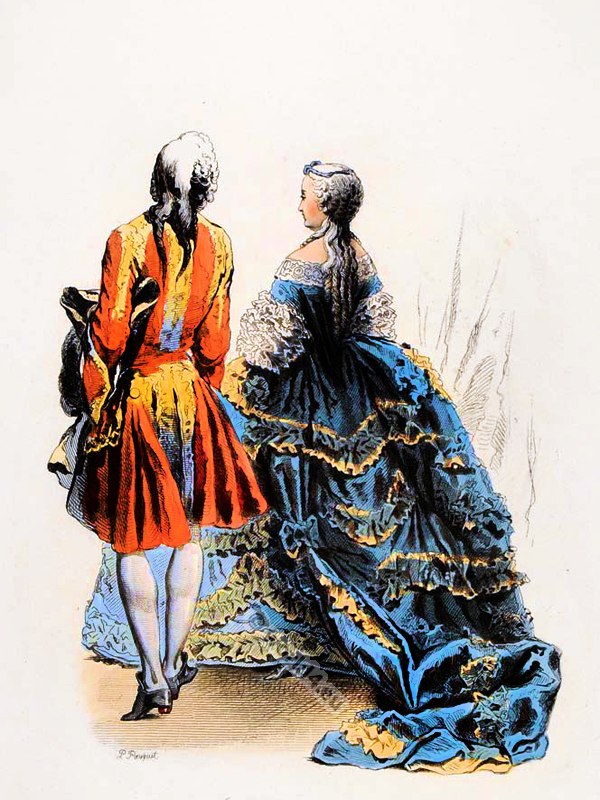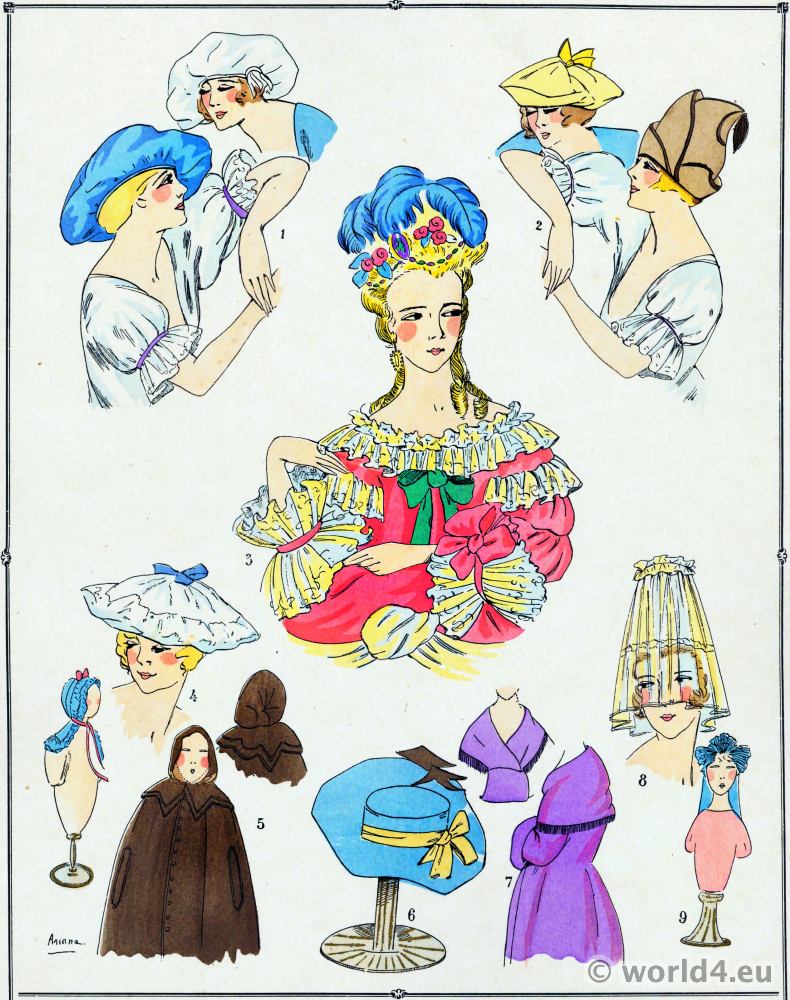Modes Parisiennes, Règne De Louis XV, d’après A. De St Aubin, 1763.
Modes Parisiennes, Reign Of Louis XV, after A. De St Aubin, 1763. Marquis and Marquise dancing the Pas de rigaudon 1763.
The rigaudon (Rigodon) is an old French folk and ballroom dancing. The rigaudon finds in the 17th and 18th centuries input in ballet, opera and instrumental suite, where he is often inserted between sarabande and gigue. Close relations exist to Bourrée and Gavotte.
Source: Modes et Costumes Historiques. Drawing by Xavier Willemin (1763–1833). Edited and steel engraving by Hippolyte Louis Emile and Polidor Jean Charles Pauquet (Pauquet Brothers). First published by Cassell, Petter & Galpin London, 1864.


